During our scouting trip to India in 2024, Nicole and I were shown a picture of the stunning Himalayan Monal by our guide. The moment we laid eyes on it, we both knew we had to return someday to photograph this magnificent bird! Little did we know, we were about to embark on an adventure that we would not soon forget!
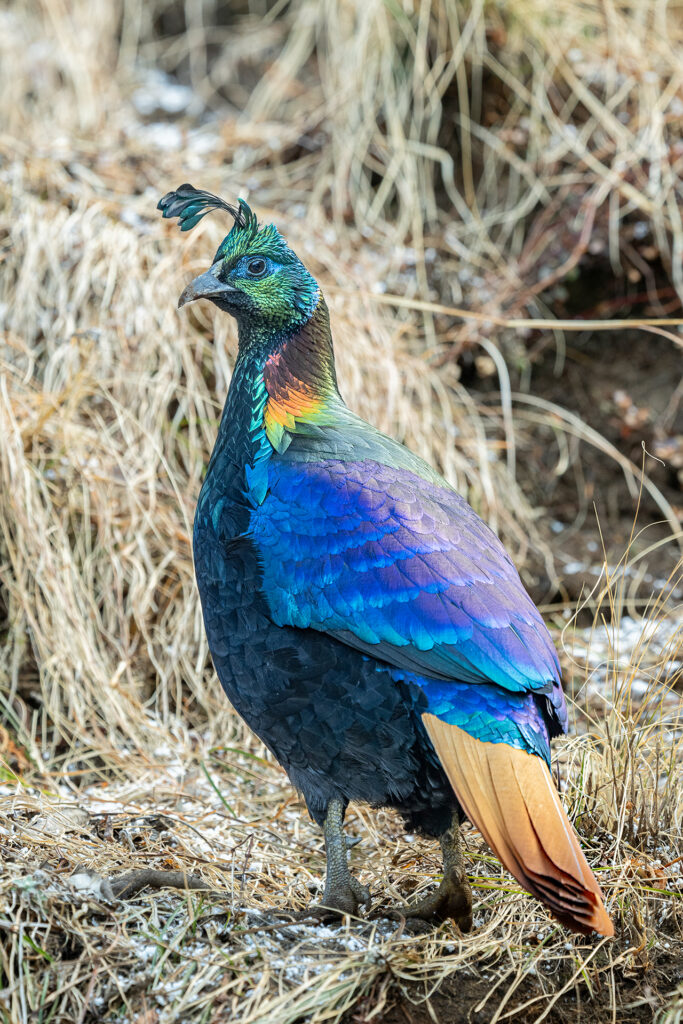
The Himalayan Monal is one of the most dazzling pheasants you’ll ever lay eyes on. Native to the Himalayan plateau, stretching from Bhutan to India and Tibet, this gorgeous bird thrives in the temperate oak-conifer forests mixed with open grassy slopes. It spends Spring, Summer, and Fall at towering heights between 9,000 and 14,000 feet, and in winter, it migrates to lower elevations. This bird’s beauty is as awe-inspiring as its habitat is challenging.
If you want to photograph the Monal in India, the best place is the Kedarnath Wildlife Sanctuary in Uttarakhand. We had just wrapped up a week of bird photography in the Himalayan foothills near Sattal with our guide, Kushboo, who runs Incredible Birding, an excellent bird guiding company. She’s not only an expert guide who is terrific to spend time with, but also a local authority on the Himalayan Monal, having worked with the BBC when they filmed the bird. With all that experience under her belt, we were ready to embark on an incredible adventure to find and photograph the Monal high in the mountains.
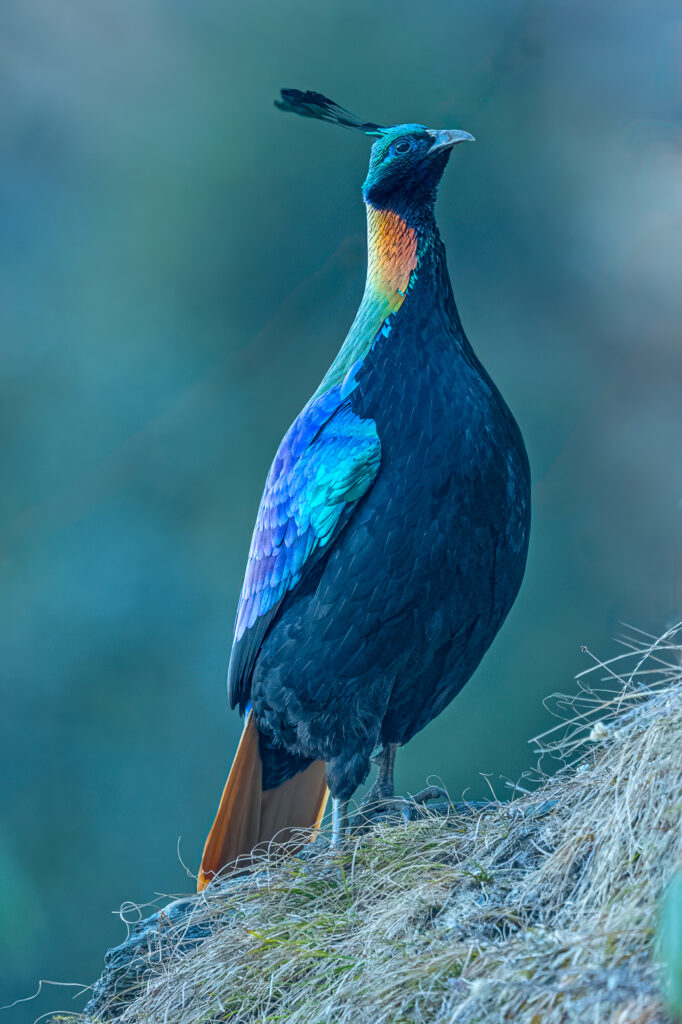
Off we went: our intrepid guide Kushboo, our fearless driver Mr. Sonu, Nicole, and I set off on a five-day journey heading up into the Himalayan plateau and onward to our destination. To call it “epic” would be an understatement. First, the scenery was jaw-droppingly beautiful—this area is known as the “mini-Switzerland” of India, and every twist and turn offered an even more stunning vista than the last. And oh, there were many twists and turns—this road was basically one long series of switchbacks as we ascended higher and higher.
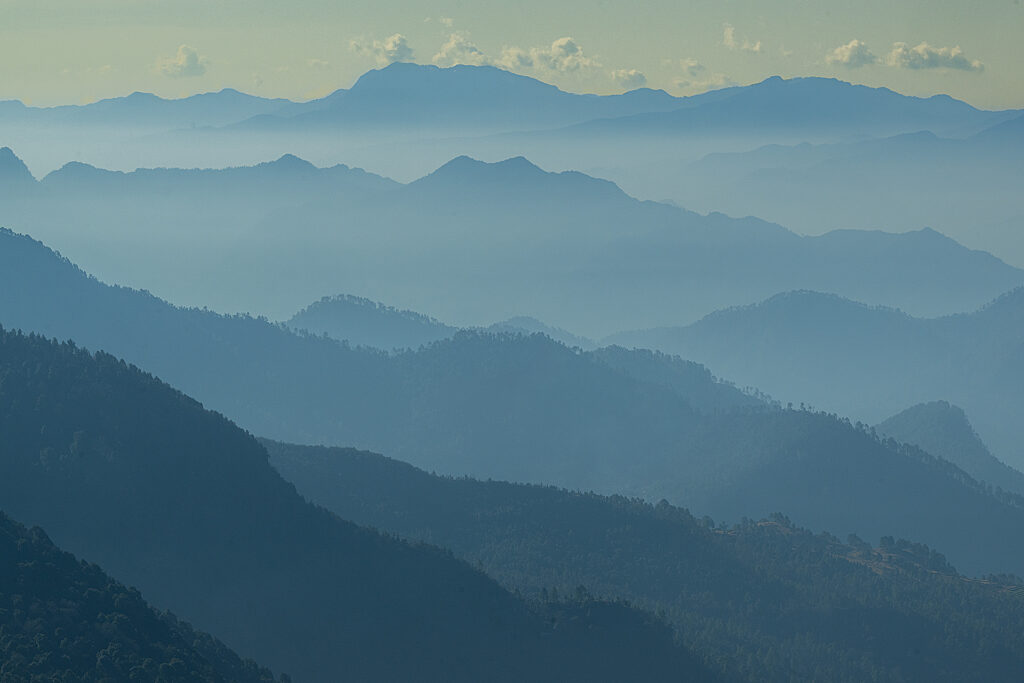
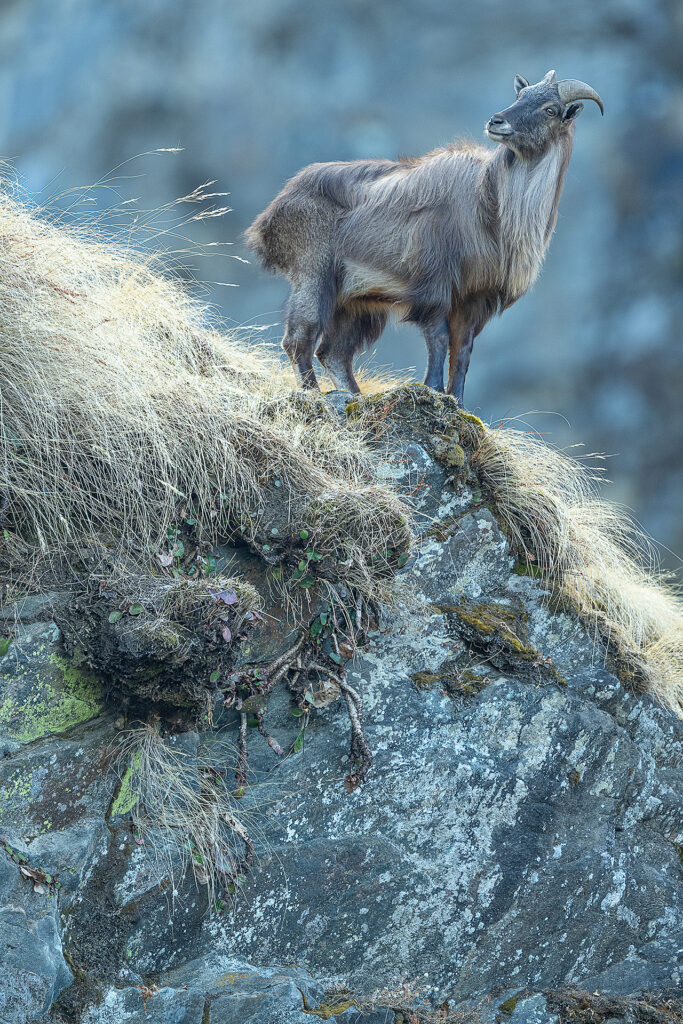
Fun fact: the cars in this region are about 7 feet wide, while the roads are roughly 10 feet wide… and did I mention these roads are two-way? Navigating this narrow, winding path was intense, especially with the steep granite mountain face on one side and a sheer 3,000-foot drop on the other. We were incredibly grateful to have Mr. Sonu at the wheel—his driving skills were nothing short of legendary.

Once we finally made it to the vicinity of the Kedarnath Wildlife Sanctuary, we found the closest “town”—if you can call it that—called Chopta. It was more like a cluster of tents and small buildings, chai stands and local restaurants. Kushboo had booked us in the best accommodation available. She said that there were places to stay up the mountains that were closer to the Monal but that we “would not survive” there. The hotel we stayed in, nestled in this sanctuary, was terrific but while lovely and full of charm, it lacked one crucial thing: heat. And when we say it was cold, we mean really cold—like twenties-at-night cold. Let’s just say, getting out of bed at 4:30 AM to photograph a Monal was a chilly endeavor. But we had each other, plenty of blankets, and a sense of adventure to keep us going. The food at the hotel was all homemade and absolutely delicious.
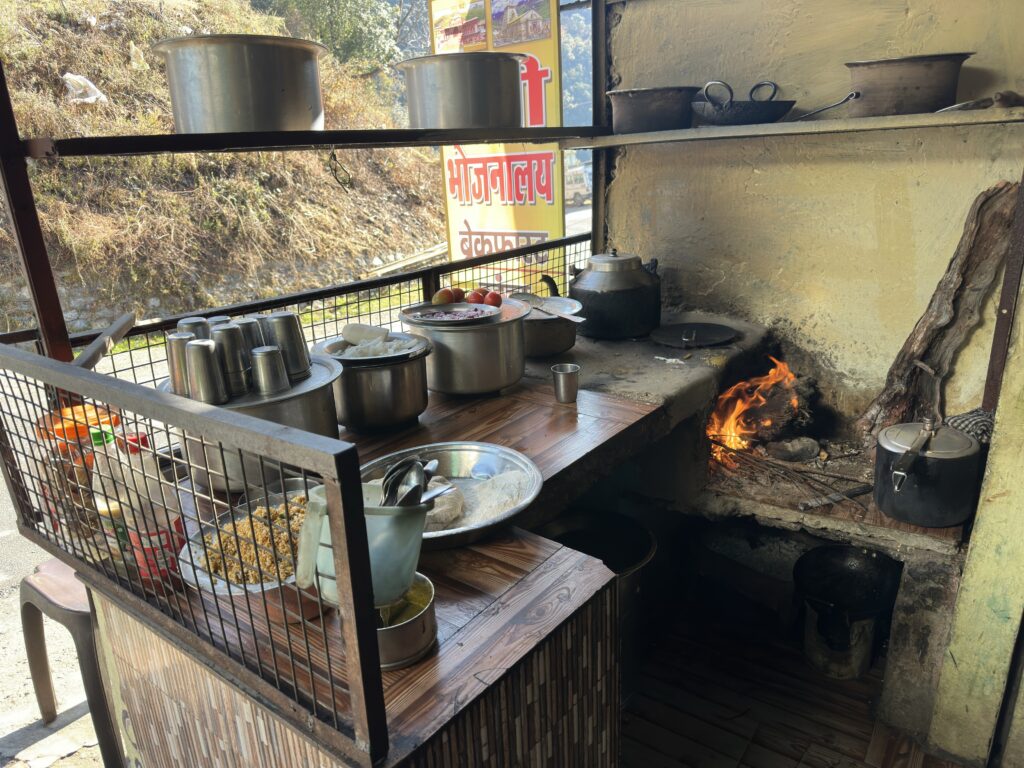
Below is the restaurant that we stopped by for Chai tea after our morning shoots… Warm and Yummy!
Kushboo is also a real gourmet and was excited to share the authentic cuisines of India with us. At every turn, she ordered magnificent dishes for us to try. So, we were lucky in the food department! We stopped at wonderful roadside kitchens where fresh local dishes were being prepared over open fire stoves and Nicole had a few lessons on how to make ginger chai from scratch. It was terrific!

When it came to photographing the Monal, it was surprisingly straightforward—there were plenty of them! We spotted 20 in one day alone. They’re generally not too shy, as long as you approach with care. And that’s when the hilarity ensued. Our photographic attempts turned into a comical game of “red light, green light.” Picture this: Nicole, Kushboo, and I tiptoeing around like cartoon characters, freezing in exaggerated poses every time a Monal glanced in our direction, and then resuming our tip-toed stalk as soon as the bird started feeding again. Honestly, I’m pretty sure we looked utterly ridiculous, but it worked! In the end, that’s exactly what we needed to capture the perfect shots of these magnificent birds.

What an unforgettable adventure it was—one that we’ll always cherish!
Good Luck and Good Light!
Steve and Nicole

